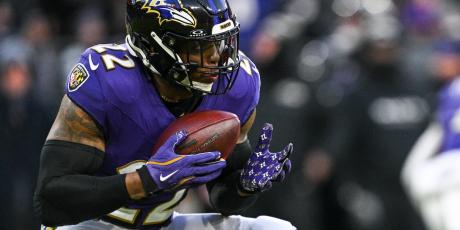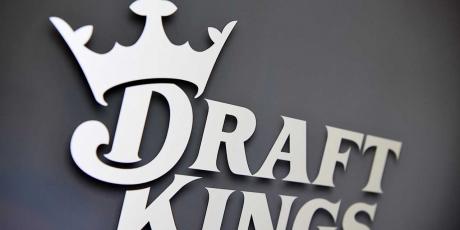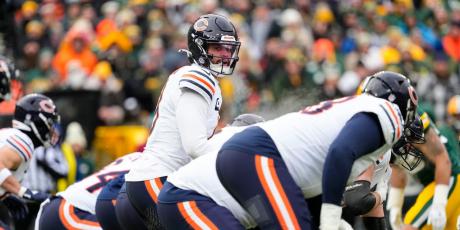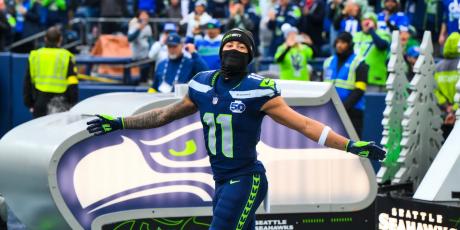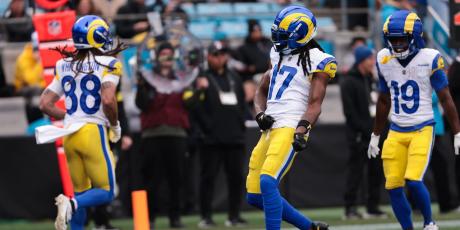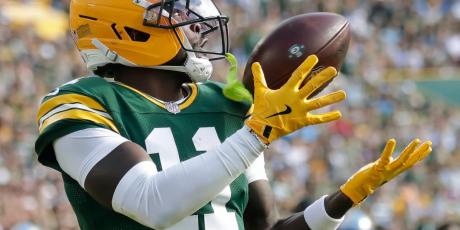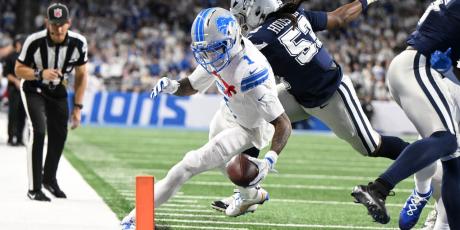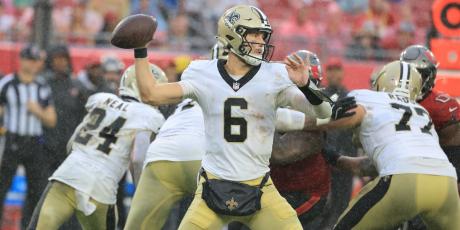The Most Predictable Quarterback Stats
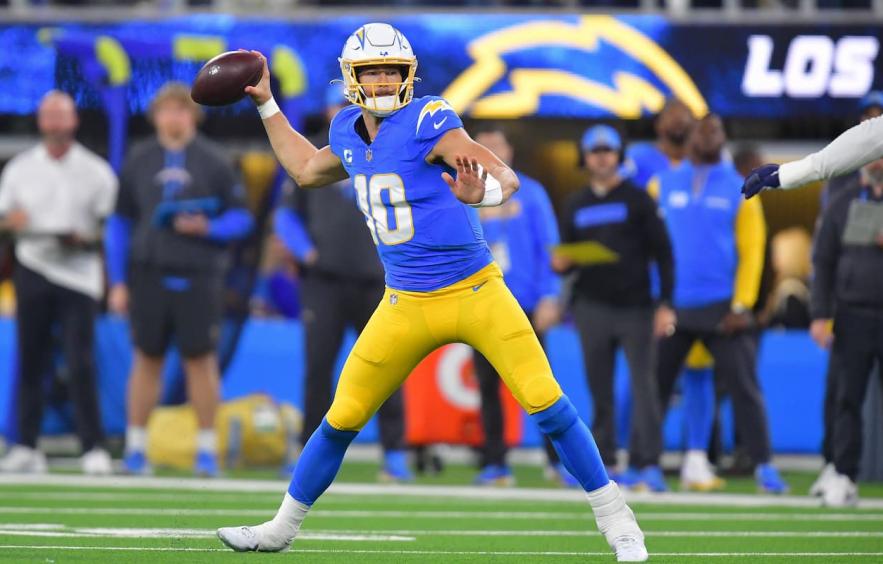
I’m taking a different approach for this year’s series. In the past, I looked at each variable in a vacuum and how well it correlated with future fantasy points. And that approach has value. It’s part of the reason I was so high on Jayden Daniels last year (please ignore that Anthony Richardson was the cover photo). But I don’t think it’s as useful as it could be.
More Predictable Stats: RB | WR | TE
So, I’m introducing two key changes this year. The first is that I’m evaluating all variables at once, along with market ADP. That will highlight only the variables that provide additional context beyond existing market assumptions. The second change is that I’m using weekly data rather than seasonal data. The big advantage to this approach is that it greatly increases how much data we can use for modeling. I’ve adjusted each variable to be representative of a player’s new situation. For example, if a player changed teams in the offseason, their pass rate over expected (PROE) is set from their new team.

DraftKings is giving ALL customers a can't-miss offer for Best Ball: Draft One, Get One! Enter a lineup in the $15 Million Best Ball Contest for just $20, and you'll score another Best Ball ticket to play FREE for a share of $15 million—giving you a second shot to win big!
Modeling Process and Results
I wanted to briefly describe the modeling process. If this will bore you to tears, feel free to skip to the “2025 QB Predictions” section. You’ll only hurt my feelings a little bit. I’m using a tree-based machine learning algorithm called XGBoost. One big benefit to this approach is that it doesn’t assume every variable is linearly related to future fantasy points. We’ll actually see several examples like slot rate for WRs where you want to avoid very low *and* very high values. And while these types of models are more difficult to explain, there are two ways to dig into how they work.
The first is to look at how much each variable contributes to the model, also called its gain. That’s what the graph below does. It lists each variable in the model and what percentage it contributes to the model. Position rank is John Paulsen’s weekly rank going back to 2021. And it’s going to be a common theme in this series that his position rank is the most important variable. I cannot recommend his rankings enough.
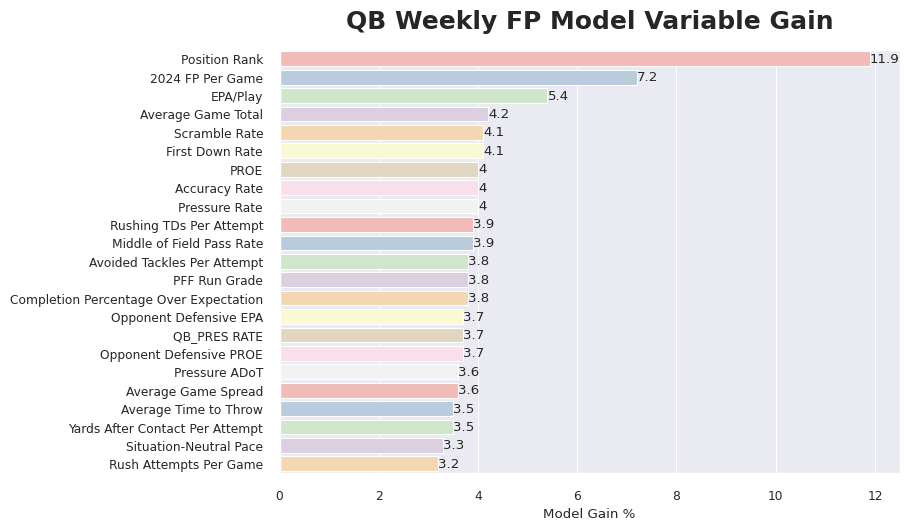
Let’s dig into the second way of dissecting these models, which is partial dependence plots. These plots isolate the variable we’re looking at (in this case, position rank) and show how future fantasy points change as you move the position rank of the QB. The overall trend is intuitive. As the projected rank of the QB increases (gets worse), their future fantasy points decrease. But focusing on the red average line below, you see these big dips after ranks eight and 20. That means historically, we have more confidence that QBs ranked in the top eight will perform at an elite level, and then QBs ranked after 20 are more of a crapshoot.
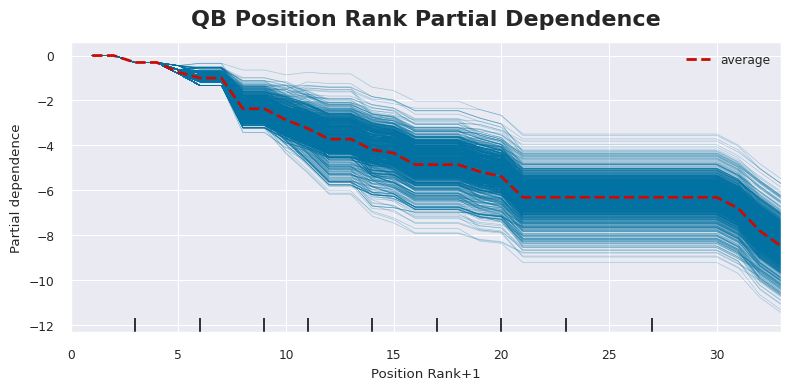
One downside of the model gain approach occurs when two variables are highly correlated with each other. The model will often pick one of these variables to focus on, which could lead you to the incorrect conclusion that the other variable isn’t important. One example like this is average time to throw (TTT) for QBs. What I’ve found is it’s basically a rushing stat. If I told you a QB had a high TTT when pressured, you’d be right about 80% of the time if you guessed he also scrambled at a high rate.
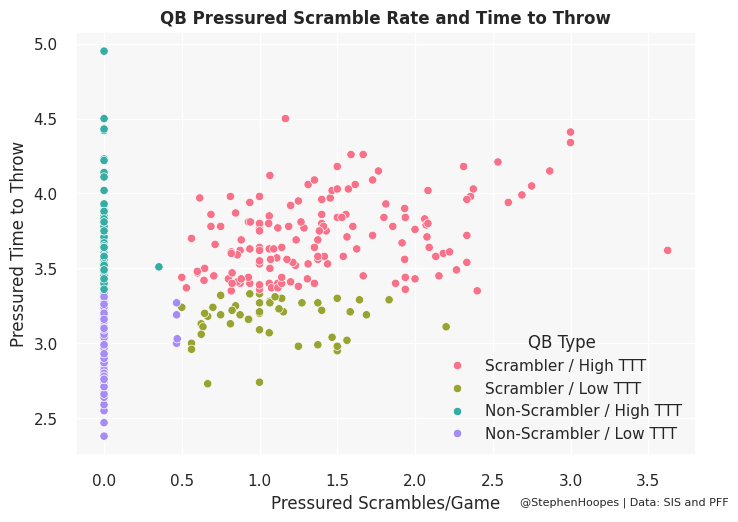
As a quick aside, we know QB rushing provides both a floor and ceiling as the scrambler / high TTT bucket shows in the table below. But it’s also interesting to see the non-scrambler / high TTT archetype as the one you want to avoid in fantasy. They’re not getting the ball out quickly and lack rushing as an answer to pressure. Aaron Rodgers and Daniel Jones are the most notable names in this bucket from 2024.
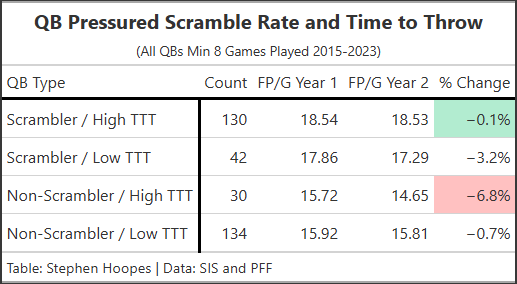
2025 QB Predictions
So, what does the 2025 veteran QB landscape look like? The table below sorts them by their projected fantasy points per game using the above methodology. And I’ve highlighted in green the stats where a QB exceeded a key benchmark and in red when they failed to hit a key value. We like our QB to have an EPA/play above zero and a scramble rate above 4%. We like our QB to have a high first-down rate per attempt and to play in an offense that throws well above expectation. We want our QB to be accurate and to avoid a high-pressure rate. And ideally, to show some juice in the run game with the ability to convert rushing TDs.
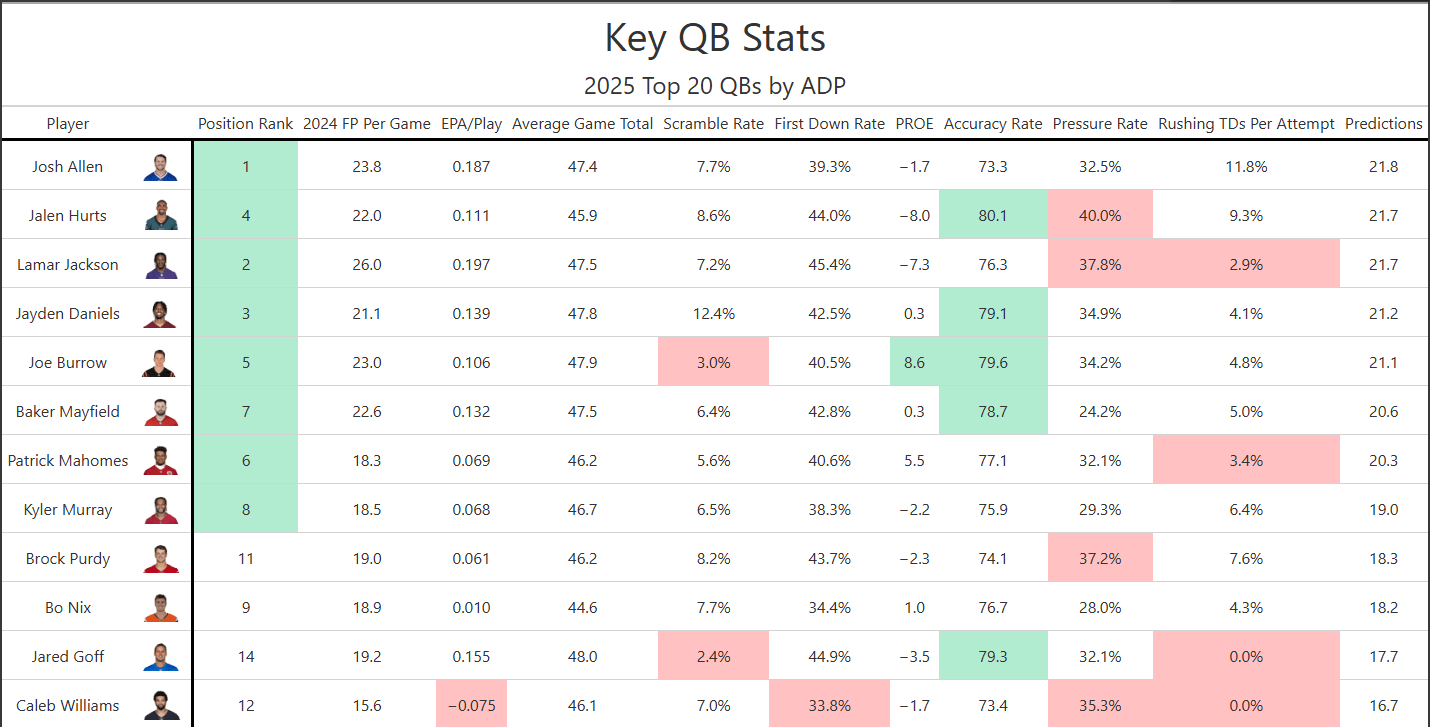

My ideal way to play QB this year is the barbell approach. I either want one of the top four players in Josh Allen, Jalen Hurts, Lamar Jackson, and Jayden Daniels, or to take a few shots on the Dak Prescott to C.J. Stroud tier. Joe Burrow’s weekly median projection looks fantastic. But his weekly output has a different distribution than the four players who go off the board before him.
The graph below plots historic weekly fantasy points by QB. And Joe Burrow is the orange line. What you’ll notice is weekly scores from 10 to 23 points represent a larger share of Burrow’s outcomes compared to the other players. And he has the smallest portion of his outcomes in the 27+ point range. Burrow absolutely can spike in a given week. It’s just historically been less frequent than the alien mobile QBs drafted before him.
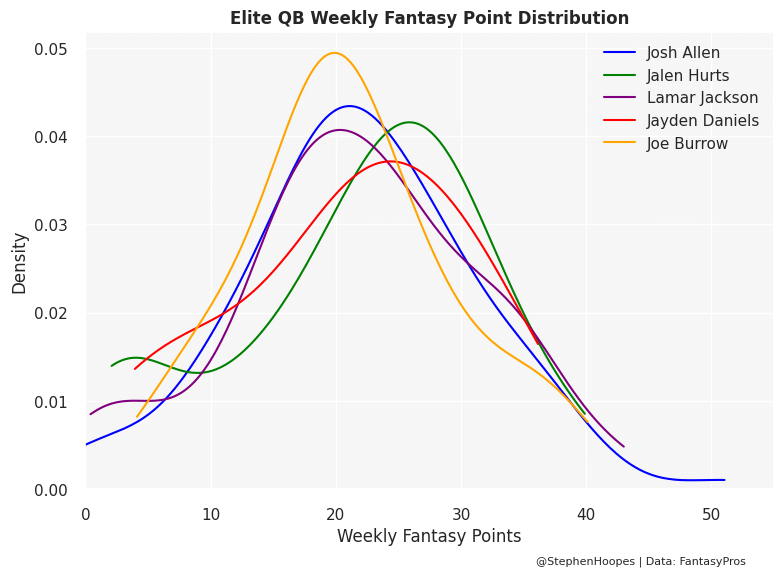
I talked more about QBs in the later tier when I looked at Intriguing Best Ball Stacks for 2025. We’re ideally hunting for QBs that will spike in passing TD rate like Baker Mayfield did last season. To do that, I’d argue we should focus on offenses that the market projects for near-top-10 upside, but where we can draft their QB at a much cheaper cost. The most obvious candidates for that, to me, are Justin Herbert, Jordan Love, and Matthew Stafford. Luckily for us, Herbert also gives us a reasonable scramble rate to go along with an efficient and accurate pass game.
Bottom Line
• This year, I’m incorporating ADP in order to find variables that provide additional context beyond existing market assumptions.
• 4for4’s weekly position ranking is the most important variable when predicting future week fantasy points.
• About one-third of the other variables in the model are directly or indirectly related to rushing. The alien-level mobile QBs provide a ceiling distribution that pure pocket passers can’t reach.
• If I can’t get one of Josh Allen, Jalen Hurts, Lamar Jackson, or Jayden Daniels, then my preferred choice is to take multiple shots on later-round QBs.
• Ideally, those later QB picks play for offenses with top-10 upside and provide some level of rushing. We’re taking shots to find the QBs that spike in passing TD rate like Baker Mayfield last season.

